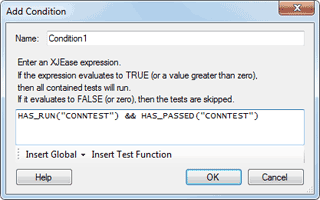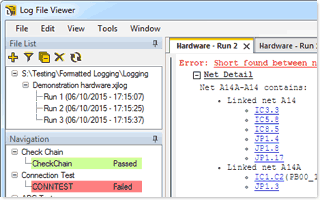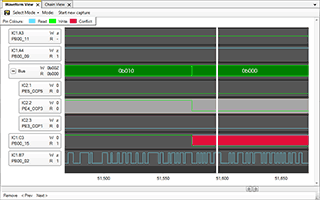Conditional testing in XJRunner
It has always been possible to construct tests in XJEase which were conditional on something else having happened, or a previous test having passed, but the new v3.5 release includes a number of major enhancements to the setup, running and control of tests in XJDeveloper and XJRunner, some of which make conditional testing much easier to [...]




